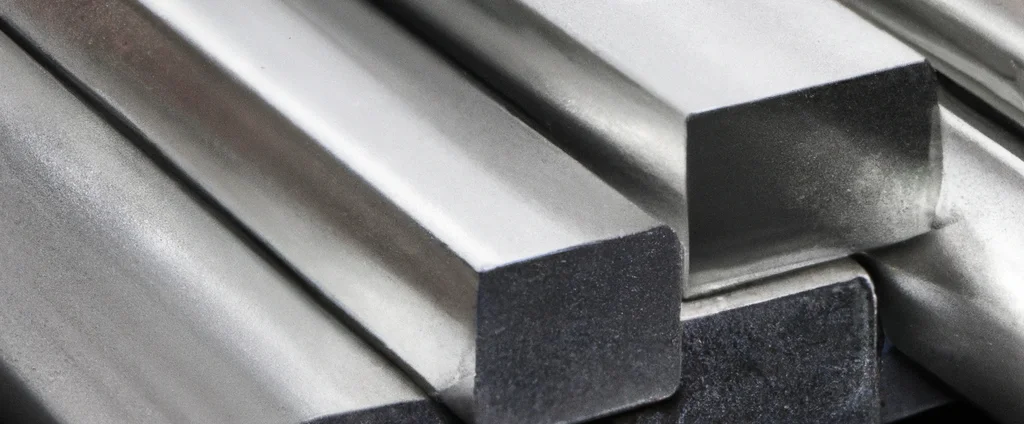Aluminum Alloy 6060 (UNS A96060)

Aluminum 6060 is a heat-treatable Al-Mg-Si alloy engineered for architectural and structural applications. Its optimal balance of strength, corrosion resistance, and extrudability makes it ideal for window/door frames, railings, and lightweight structural components.
| Chemical Composition | ||
|---|---|---|
| Element | Min | Max |
| Aluminum | 97.9% | 99.3% |
| Chromium | —— | 0.05% |
| Copper | —— | 0.1% |
| Iron | 0.1% | 0.3% |
| Magnesium | 0.35% | 0.5% |
| Manganese | —— | 0.1% |
| Silicon | 0.3% | 0.6% |
| Titanium | —— | 0.1% |
| Zinc | —— | 0.15% |
| Residuals | —— | 0.15% |
The following table provides a list of aluminum 6060 properties in both SI and US customary/Imperial units.
Click on the button to switch between Metric and Imperial units.
| Physical Properties | Metric |
|---|---|
| Density | 2700 kg/m3 |
| Mechanical Properties | Metric |
| Tensile Strength | 140 - 230 MPa |
| Yield Strength | 70 - 180 MPa |
| Young’s Modulus (E) | 70 GPa |
| Shear Modulus (G) | 26 GPa |
| Elongation at Break | 9 - 16% |
| Poisson’s Ratio (ν) | 0.33 |
| Brinell Hardness | 60 HB |
| Thermal Properties | Metric |
| Melting Point | 650 °C |
| Thermal Conductivity | 210 W/m·K |
| Specific Heat Capacity (Cp) | 900 J/kg·K |
| Coefficient of Thermal Expansion (αL) | 2.34×10-5 1/°C |
| Electrical Properties | Metric |
| Electrical Conductivity | 3.1×107 S/m |
| Electrical Resistivity | 3.2×10-8 Ω·m |
The values in this table are approximate and can vary depending on various factors such as the specific manufacturing process and heat treatment applied to the alloy.
Advantages & Disadvantages of Aluminum 6060
| Advantages | Disadvantages |
|---|---|
| Lightweight | Limited hardness |
| Good strength-to-weight ratio | High cost |
| Excellent corrosion resistance | Lower melting point |
| High formability | |
| Good weldability |
Applications of Aluminum 6060
Aluminum 6060 is the material of choice for industries requiring lightweight durability and design flexibility, including:
- Architectures and Constructions: Widely used in architectural and construction projects for window frames, door frames, curtain walls, partitions, roofing, and siding. The alloy’s lightweight nature, corrosion resistance, and excellent formability make it suitable for these applications.
- Structural Components: Employed in the fabrication of lightweight structural components like frameworks, supports, trusses, and beams in buildings, bridges, and infrastructure projects where strength and weight reduction are desired.
- Transportation: The automotive and aerospace industries utilize this alloy for various applications including lightweight car parts, such as body panels, chassis components, and interior trim. In the aerospace sector, it may be used in the construction of aircraft interiors and non-structural components.
- Electrical Conductors: Sometimes used in the manufacturing of electrical conductors, such as bus bars and wiring systems due to its excellent conductivity and formability.
- Furniture and Decorative Items: The alloy’s aesthetic appeal, combined with its lightweight and corrosion-resistant properties, make it popular for furniture and decorative items like chairs, tables, shelves, lighting fixtures, and other decorative pieces.
- Industrial Equipment and Machinery: Utilized in various industrial applications including frames, supports, enclosures, and components for equipment used in manufacturing, material handling, and automation.
